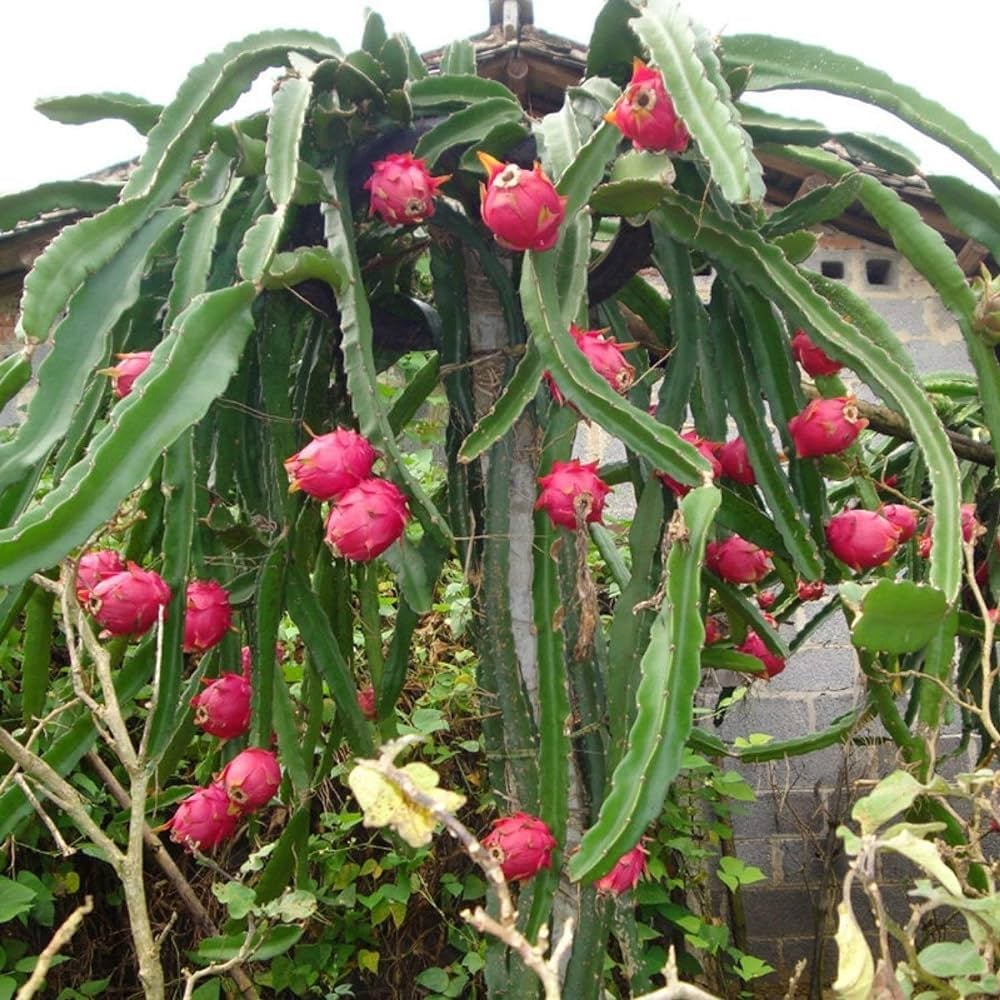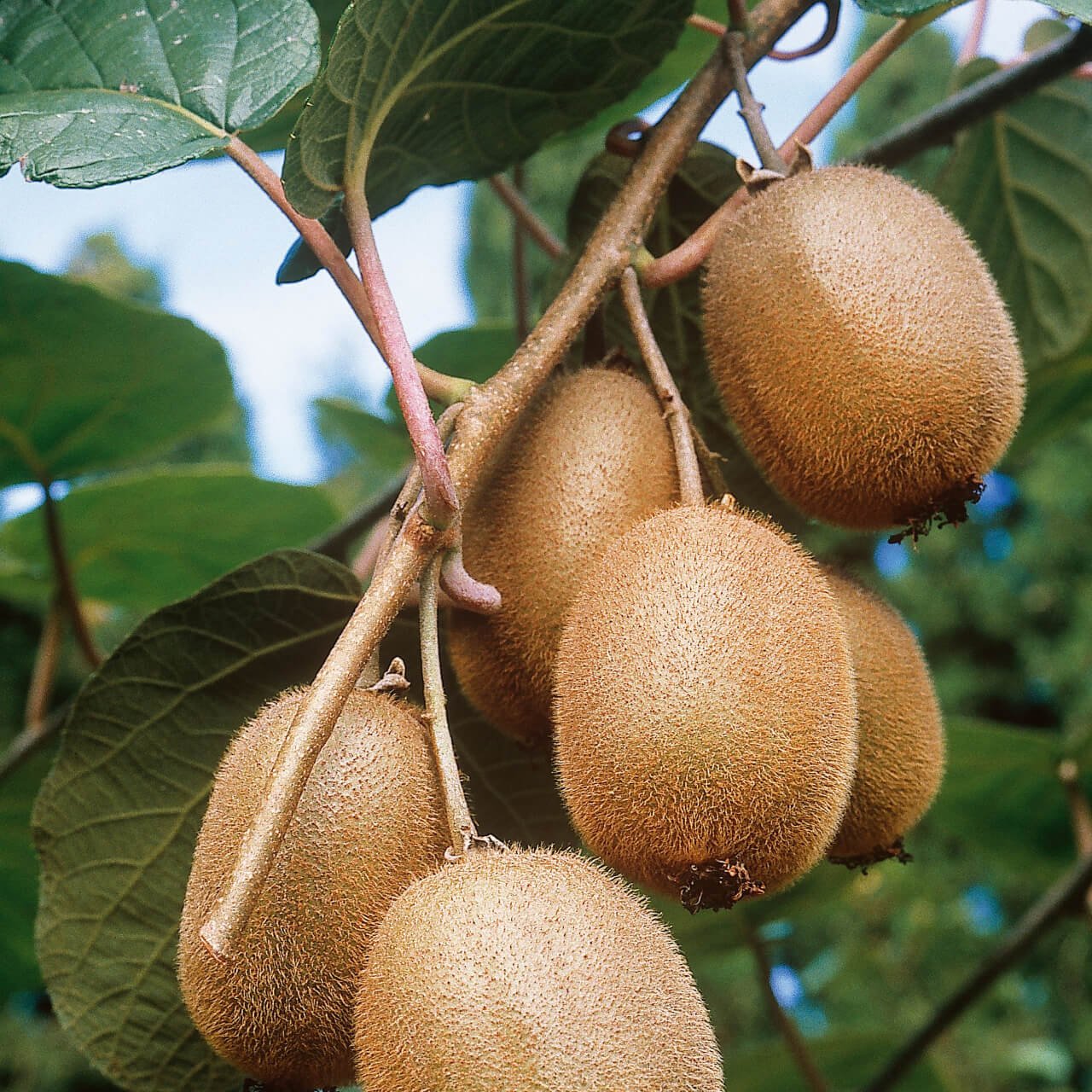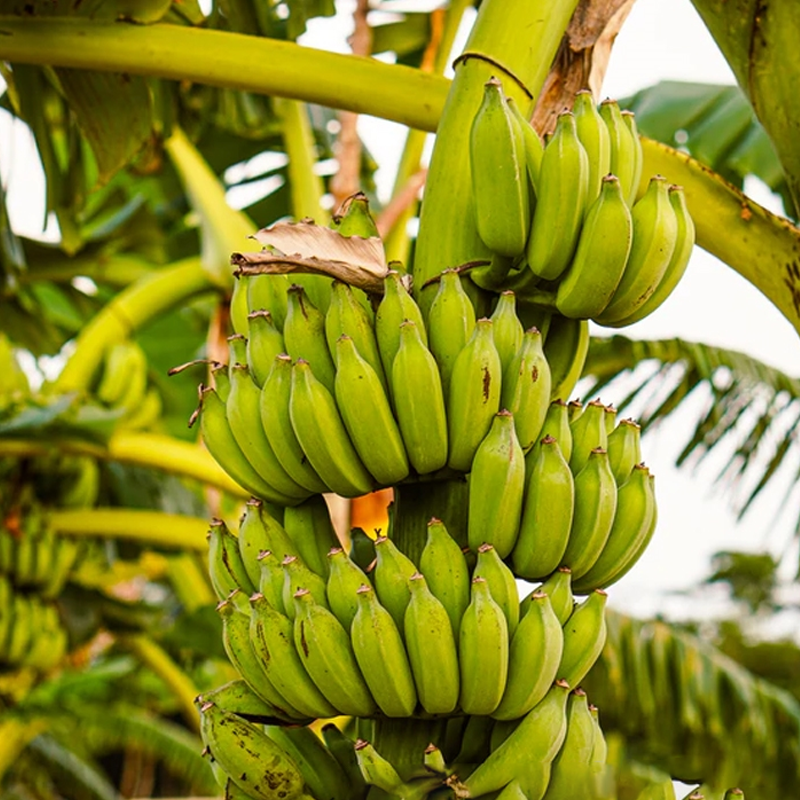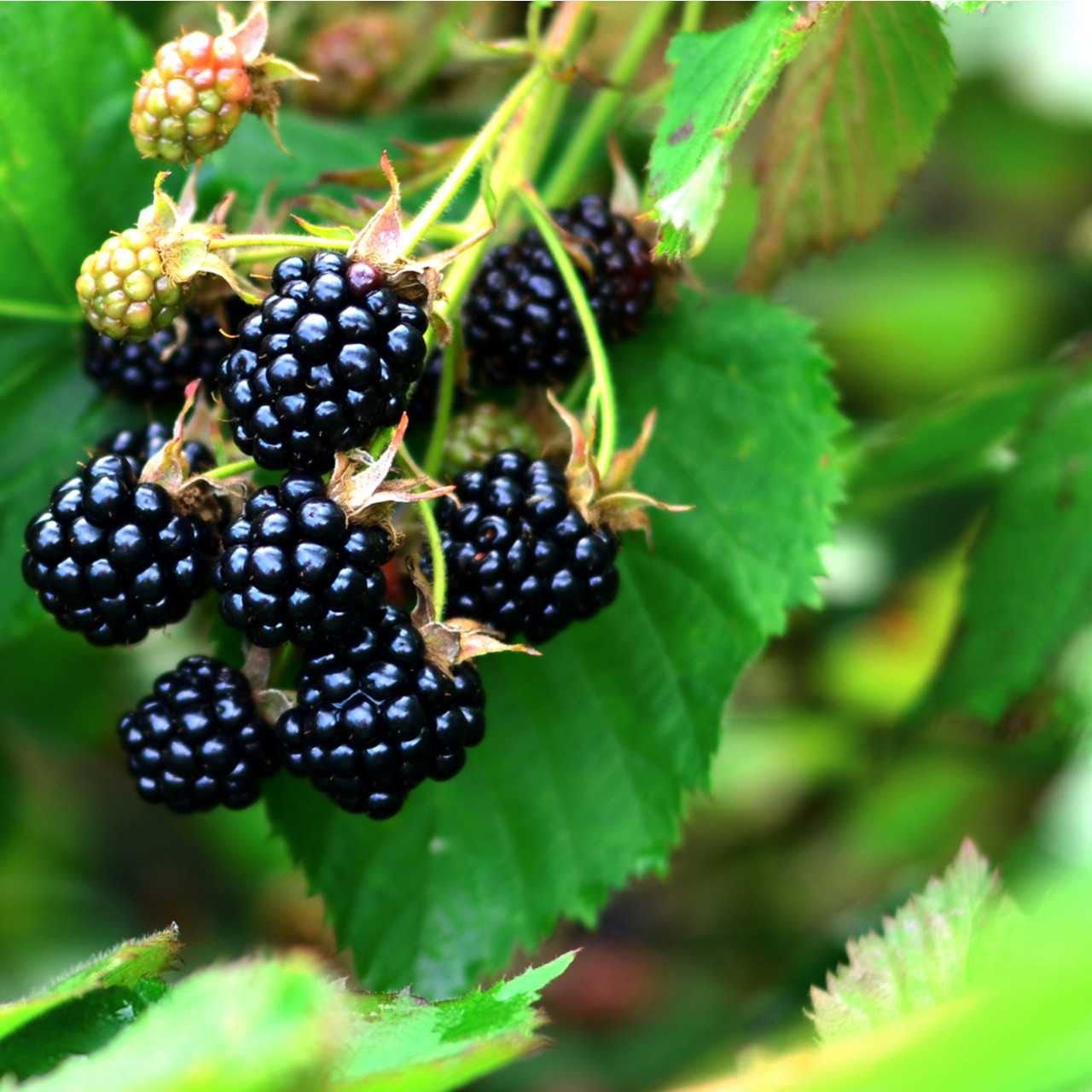

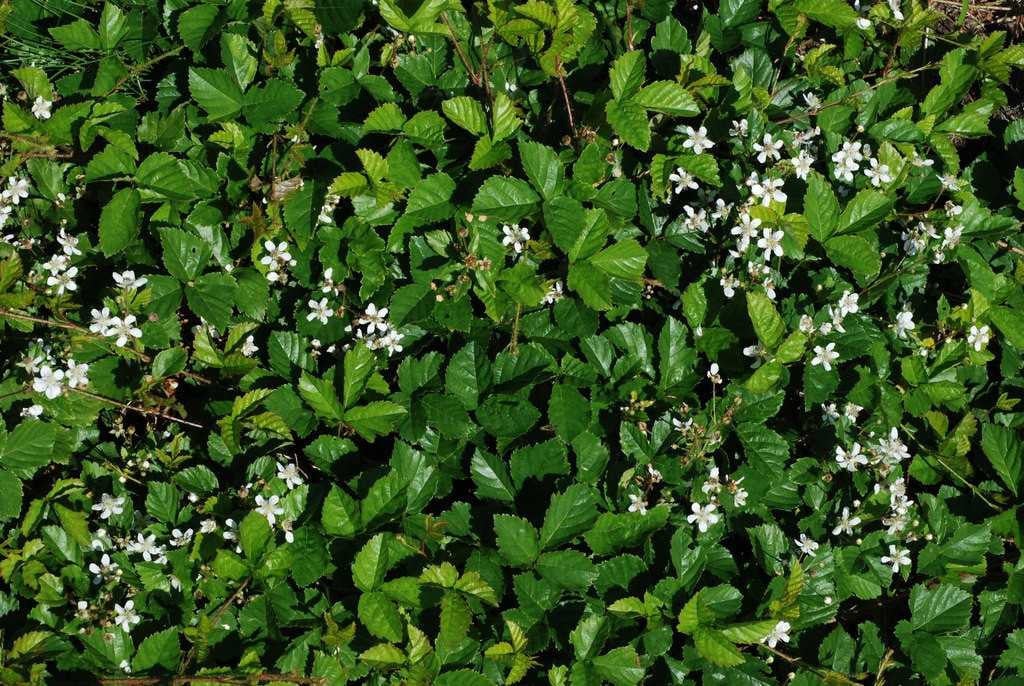

Dewberry Plant
Low-maintenance, hardy plant choice
Resistant to many pests and diseases
Attractive foliage and white blooms
Thrives in
ZONE 5ZONE 6ZONE 7ZONE 8ZONE 9This plant ships:
NowDewberry Plant - Rubus Flagellaris
The Dewberry plant features trailing vines with serrated, toothed leaves. It produces small, black, or purple berry-like fruits. Incorporating it into landscaping offers numerous benefits, making it a valuable addition to any outdoor space.
Dewberry Plant Has Stunning White Blooms
Perovskites, white blossoms, and blackberries characterize it as a perennial that grows slightly (roughly two feet tall). The flowers open their petals in March, while the berries mature in April and May. Their slender blooming branches have a single white blossom and boast hairy stems adorned with stiff bristles and prickles. In the autumn, their deciduous green leaves take on shades of scarlet and burgundy. The fruit is more of an aggregate than an actual berry.
Dewberry Plants Provide Food For Wildlife
Many animals like them for different reasons. Their fruit is a favorite among songbirds, chipmunks, fox squirrels, raccoons, rabbits, mice, and deer. In addition to providing for some animals, many other types prefer these shrubs because of the year-round cover and shelter they provide.
The Sweet Aroma Of It
They have sweet aromas and vivid hues that entice pollinators (the best pollinators are honey bees). The flowers of the Southern type are a sight to see, with petals that range in color from pale pink to pure white. Not only do the flowers provide a burst of color, but they also entice pollinators with their subtle scent. Rubus flagellaris, the Northern type, is an excellent shrub for pollinators since it produces nectar and has blossoms that draw in bees, butterflies, and other insects. The pollen from one bloom can fertilize another; this trait allows them to bear fruit without external fertilization.
Prevent Soil Erosion With It
Dewberry plants have a vast root system that helps stabilize slopes and embankments by binding soil particles together. This robust network of roots discourages erosion. Their thick leaves provide excellent ground cover, mitigating the surface effects of runoff and rainfall and further preventing soil erosion. When it wants to multiply, it sends forth runners, also called stolons, which root at various places along their length. This network of linked shrubs enhances soil stabilization and prevents erosion. As time passes, the decomposing stems and leaves of the bushes enrich the soil with organic materials. This organic matter reduces erosion risk by improving soil structure, increasing water retention, and enhancing soil fertility.
What's the best fertilizer It
Use a balanced fertilizer, especially in the first season of the year. Don't over-fertilize, as this will lessen berry production. Compost manure should also be added to bring in the nutrients.
Is It easy to keep
Dewberries are easy to maintain. Make sure you trim it to remove dead wood and regulate its size. Always remember to add mulch on the bottom to hold in moisture.
What are some good partners for it
Dewberries can be grown in the same space as clover and thyme, discouraging pests. However, don't plant them with flowers that will compete for the space.
What is the best location for it
You can plant dewberries in sandy or loam soil if they are draining. Dewberries thrive in full sun.
Can I keep it in my home?
Dewberries like full sun and need to be pollinated, so they're not a good choice for the home. They, too, expand and colonize vast spaces; that is, they need space. You can try to grow it in a big pot, but give it enough sunlight.
This Is How Your Plants Will Look upon Delivery

Bloom Season
Summer
Bloom/Foliage Color
White
Height at Maturity
Under 10 Feet
Care
Dewberry plants thrive with regular watering and well-drained soil. Prune annually to remove old canes and encourage new growth. Fertilize in spring for optimal fruit production.
Shipping date depends on the date displayed and chosen when you order from the product's page.
We only accept returns on plants verified dead. If you think your plants have died, we offer a 1 year warranty, please use this File a Claim Link to verify dead plants and start with return warranty process.





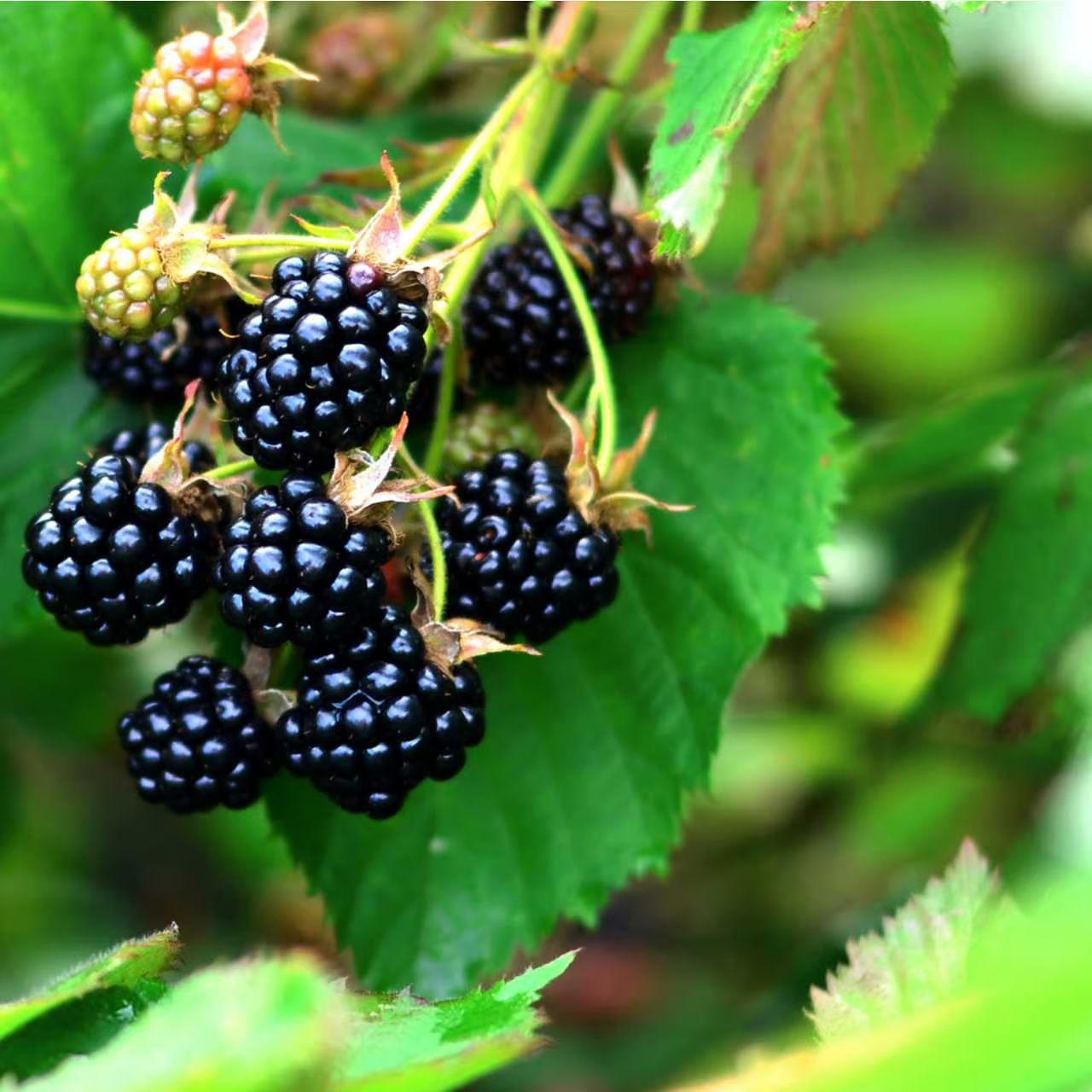
High Yield:
Dewberry plants are known for their high yield, providing an abundant harvest of berries. This ensures you’ll have plenty of fruit to enjoy throughout the season.
Versatile Growing Options:
Dewberry plants can be grown in the ground or in containers, making them a versatile choice for different garden setups. Their adaptability allows you to enjoy fresh berries no matter the size of your garden.
Delicious Berries:
Dewberry plants produce sweet, juicy berries that are perfect for fresh eating, making jams, or baking into desserts. Their unique flavor is a delightful addition to any kitchen.
Hardy and Low-Maintenance:
These plants are hardy and require minimal care, thriving in a variety of soil types and climates. Their robust nature makes them ideal for both novice and experienced gardeners.
Caring Tips
How do I care for my Dewberry Plant?
Each box contains detailed care instructions and information about your product. But here's the basics.
Care Tips
Dewberry plants thrive with regular watering and well-drained soil. Prune annually to remove old canes and encourage new growth. Fertilize in spring for optimal fruit production.
Light Requirements
Dewberry plants thrive in full sun to partial shade. They favor at least 6 hours of natural daylight daily but can take some shade, especially in hot climates where partial shade helps protect them from excessive heat.
Hardy Planting Zones
5 • 6 • 7 • 8 • 9
Header
Use this content to share information about your store and products.
Frequently Asked Questions
How often should I water my plants?
How do I know if my plant is getting too much or too little sunlight?
What should I do to prepare my plants for winter?
What are the signs that my plant needs fertilizing?
How can I prevent pests from damaging my plants?
How do I choose the right plant for my climate zone?



